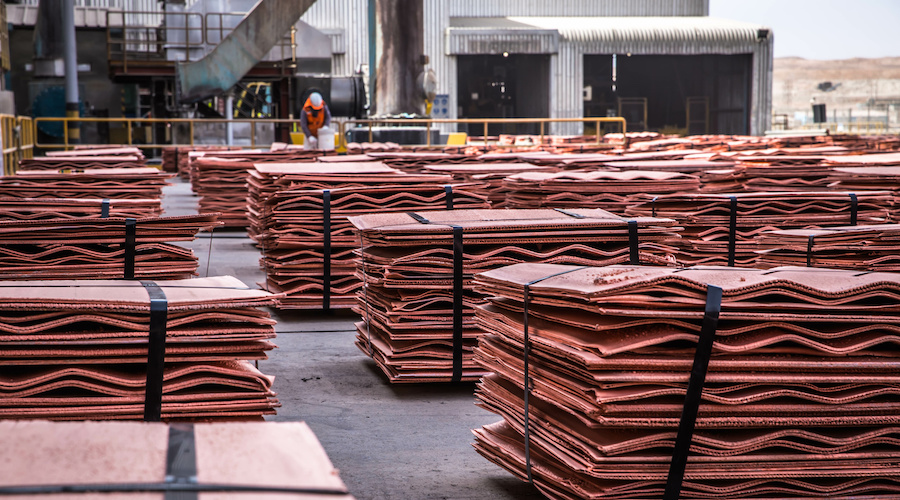The United States copper market is undergoing a significant shift as a wave of cheaper imports has effectively crushed the tariff premium that once boosted domestic copper prices. The recent influx of foreign copper, driven by aggressive supply strategies from overseas producers, has dramatically altered the landscape for US-based copper buyers and sellers.

For years, the US copper market operated under a protective tariff structure aimed at shielding domestic producers from global price fluctuations and competition. This created a “tariff premium,” meaning US buyers often paid more than the global average for copper. However, this premium has now nearly vanished, as rising import volumes—particularly from countries not affected by the highest tariff rates—have flooded the US market with competitively priced material.
Analysts report that this surge in imports is largely fueled by global producers seeking alternative markets amid softening demand in Asia and Europe. The US, with its steady industrial demand, became an attractive destination. As a result, local buyers now have access to a broader pool of suppliers, improving bargaining power and reducing costs.
The consequence? Domestic copper producers are facing tighter margins and increased competition. Their ability to command higher prices based on tariff protection has eroded. For manufacturers and industries that rely heavily on copper—such as construction, electronics, and renewable energy—this drop in premium is a welcome development, potentially lowering production costs and enhancing profitability.
However, the situation also raises concerns about long-term sustainability for US copper producers. With lower prices and thinner margins, investment in local mining and refining infrastructure may decline, potentially weakening the country’s future copper supply chain independence.
Industry experts suggest this new trend may continue, especially if global supply remains high and the US refrains from enforcing stricter trade barriers. As the market adapts, both producers and consumers will need to reassess their strategies in response to the evolving dynamics of copper pricing and international trade.

